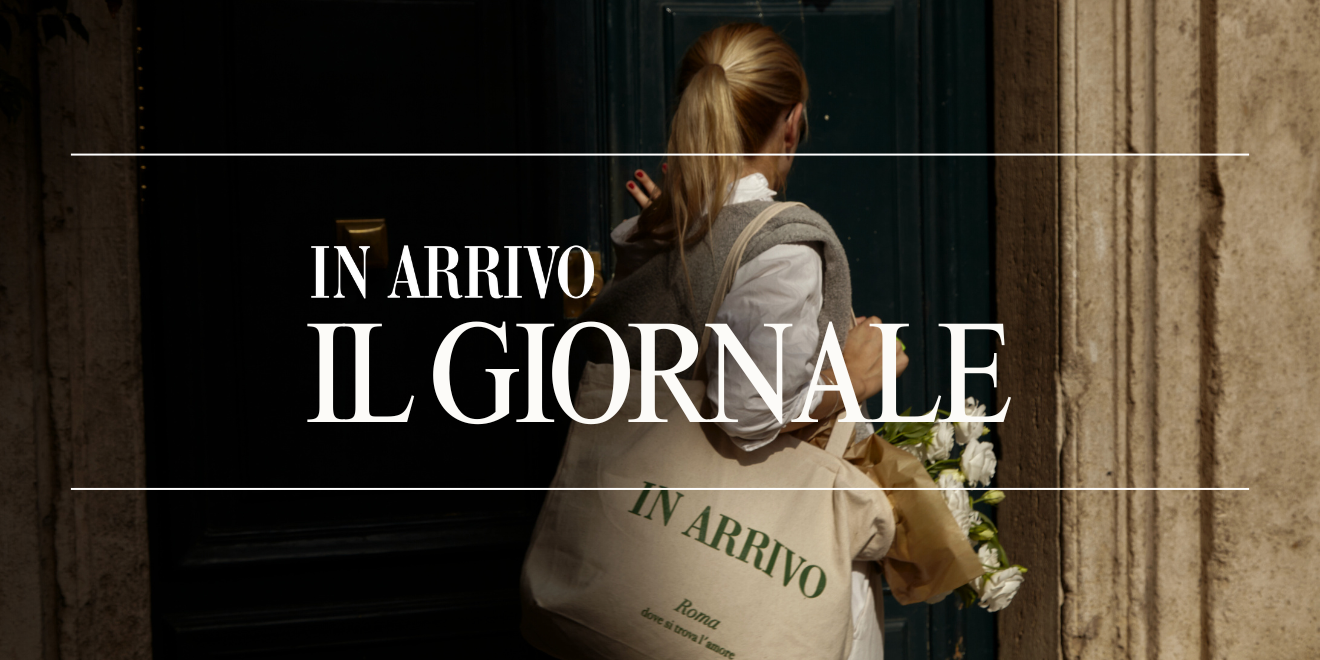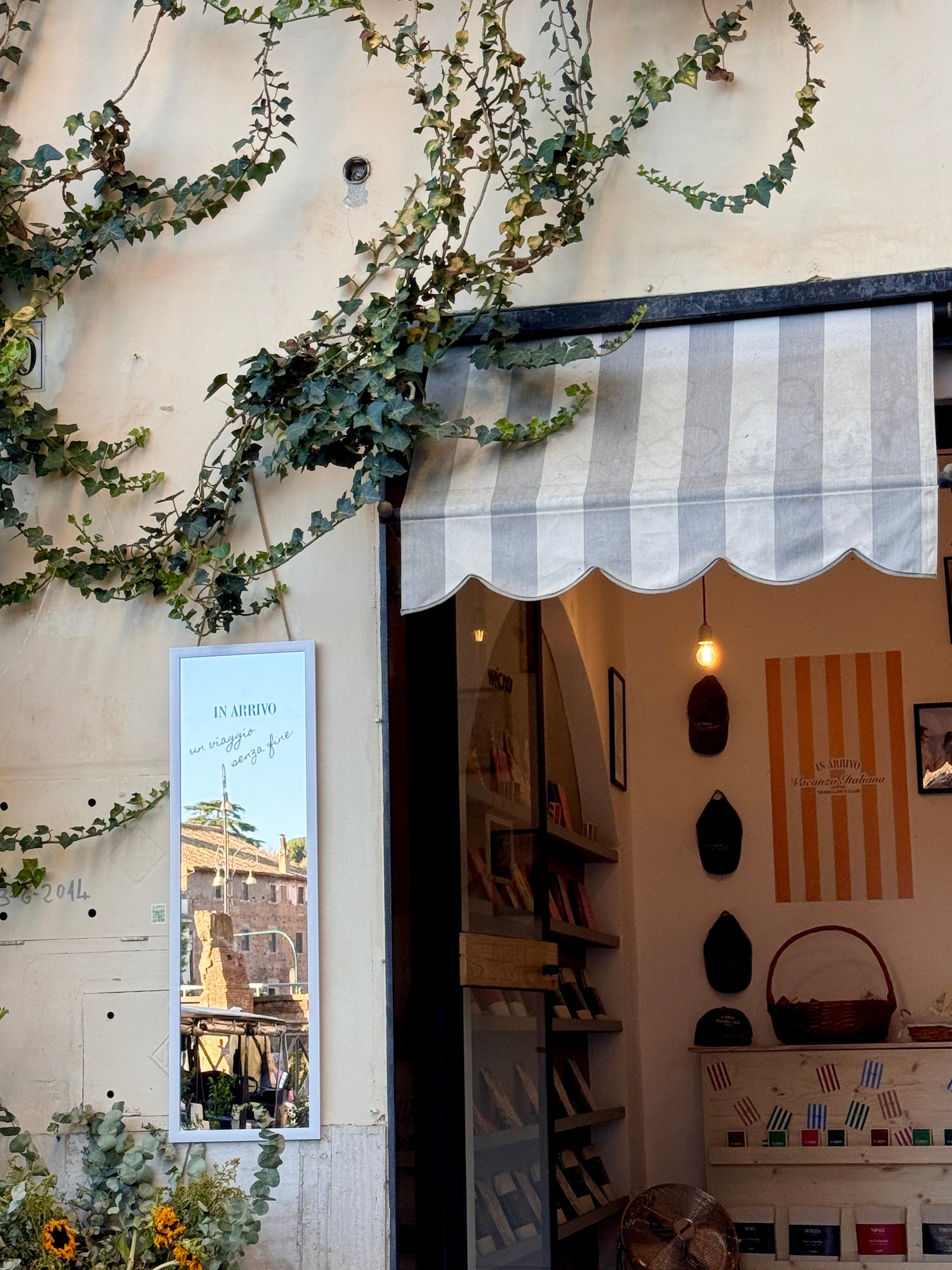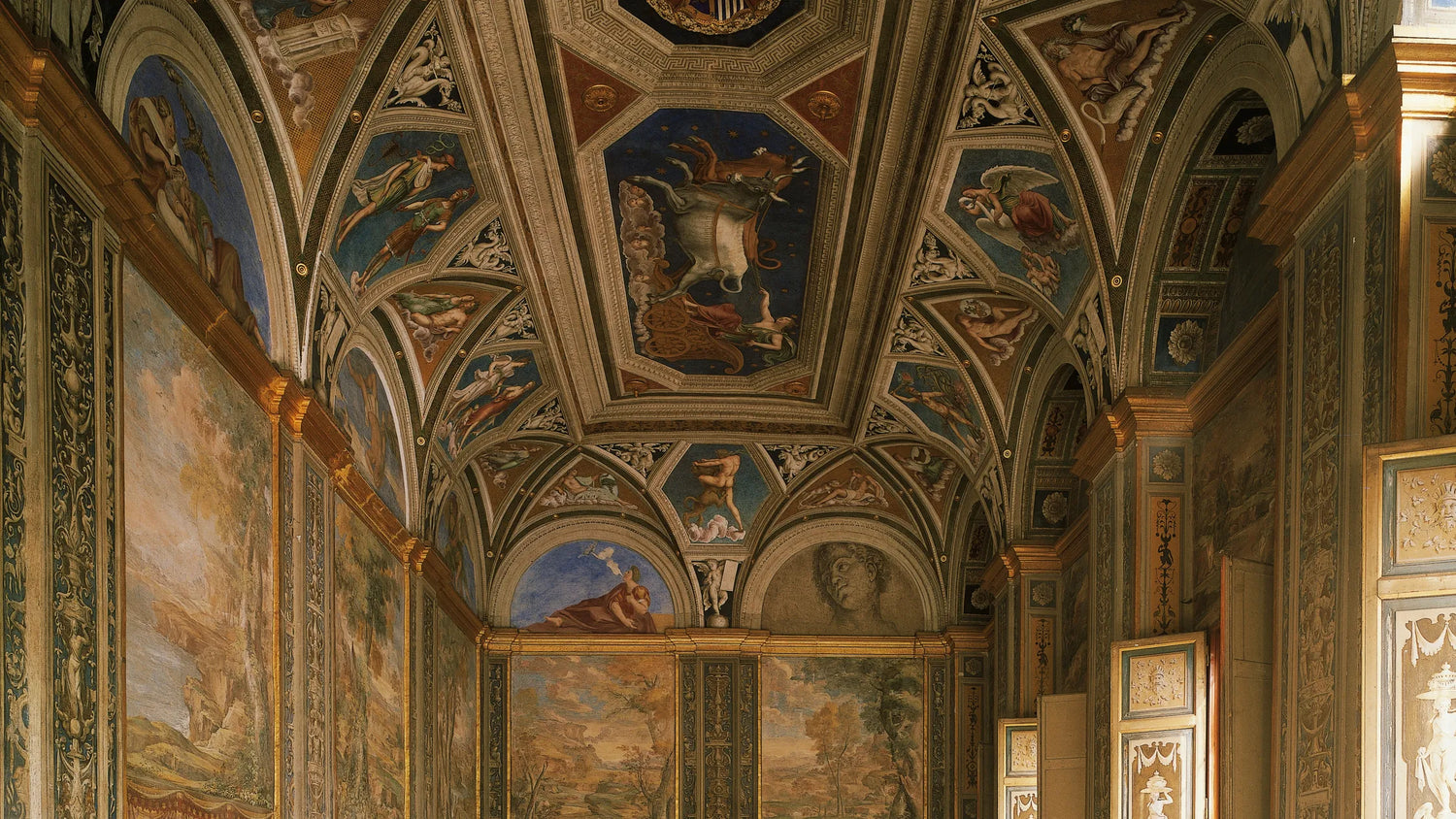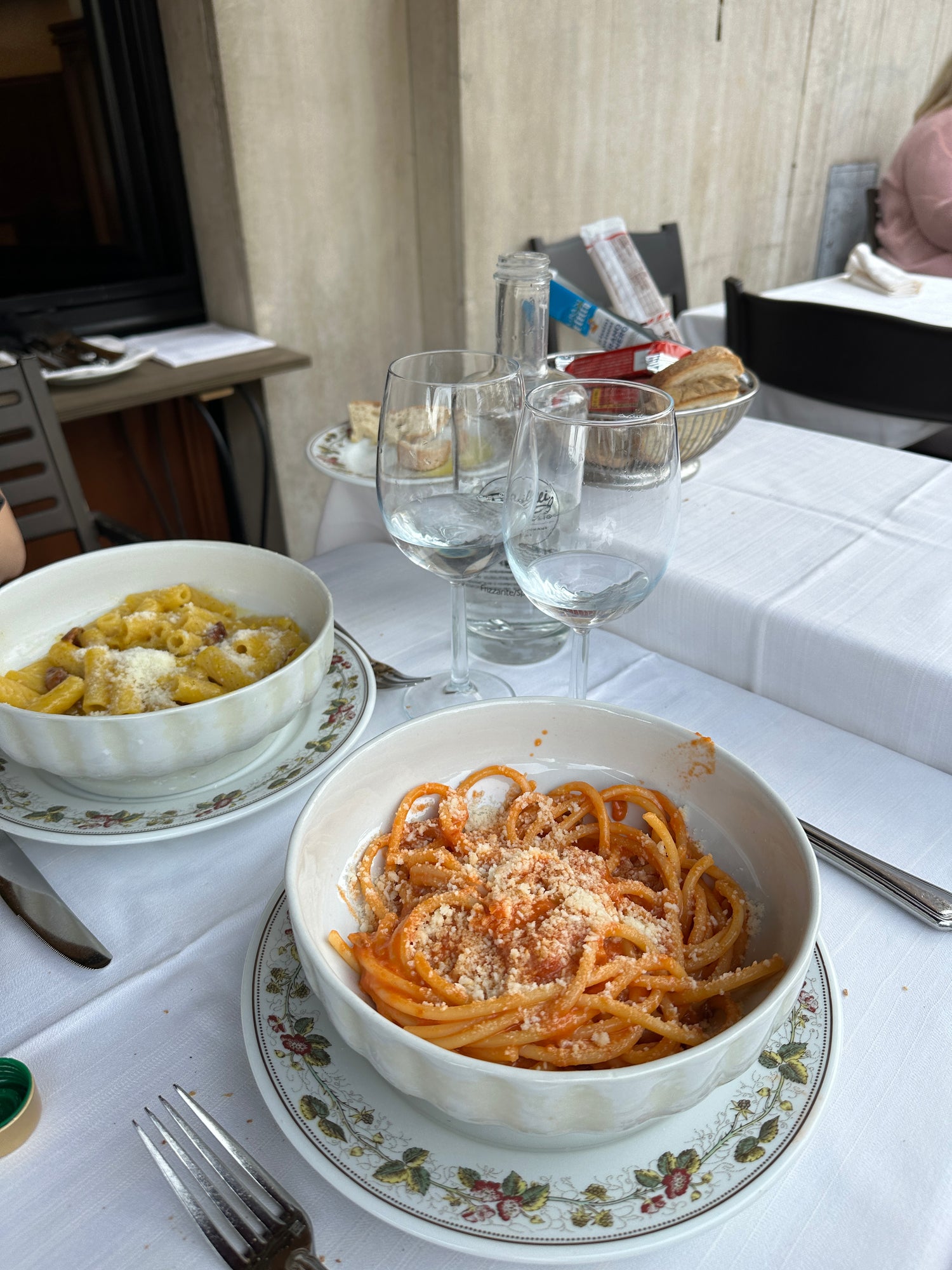


EDICOLA ERNO
Piazza Americo Capponi
Edicola Erno rekindles the romance of print—a quiet artistic rebellion wrapped in the comforting familiarity of a classic newsstand.
The not-so-ordinary booth: once a humble corner kiosk peddling tabloids and headlines, now a space for creativity and entrepreneurship. This little stand on Piazza Americo Capponi has been reimagined by young dreamers with an eye for design and tradition—a place where the city's curious minds gather around editorial magazines and special events, forming a one-of-a-kind community. Over time, Erno has become a platform for several brands—a beautiful space for pop-ups, where unique projects take over and make it their own. Each brand becomes part of Erno’s story, and Erno becomes part of theirs.
Join us from 30 April – 7 May 2025, at Edicola Erno to celebrate the never-ending journey of creativity, connection, and discovery that both IN ARRIVO and ERNO stand for.

MICRO
Via Tor De' Conti, 21
Hidden in plain sight in the Monti neighbourhood, between the ruins of the Roman Forum and Trajan’s Market, you’ll find MICRO: a small yet lively space dedicated to showcasing the creativity of local artists and entrepreneurs. When you picture yourself wandering tiny Roman streets, discovering tucked-away shops and one-of-a-kind finds, MICRO is that place; a corner of the city where every object tells a story, crafted with care and a distinctly Italian touch.


VILLA FARNESINA
Via della Lungara, 230
Shaped by the vision of its architect, Baldassare Peruzzi, and the boundless wealth of its patron, Agostino Chigi, the villa’s solid cubic facade somehow appears weightless, with plain walls gently alternating with extravagant arches and bold cornices.
Inside, The Loggia of Cupid and Psyche by Raphael, brings to life one of the oldest love stories ever told. Meanwhile, Chigi’s bedroom is adorned with The Marriage of Alexander the Great and Roxana by Sodoma. Among these rooms, the Hall of the Perspective Views, with frescoes painted by Peruzzi, stands out. The very air seems to breathe with the countryside, as if the painted landscapes beyond the columns were alive, inviting a moment of quiet contemplation.


TRATTORIA PERILLI
Via Marmorata 39
Each table is dressed with a crisp white cloth, smooth as porcelain, and patiently waiting to be marked by red wine and scattered breadcrumbs: the happy messes of settled guests. At Perilli, unfailing goodness simmers in every pot, the result of four generations passing down recipes like inheritance. Plates arrive in a quiet ceremony as finely dressed waiters dance between the narrow table gaps. There is no need for music here because Perilli's halls have been filled with chatter and laughter since 1911. One can easily imagine the pencil skirts and tailored suits that once occupied its wood chairs, their glasses endlessly replenished. In this place, one finds Roman cuisine in its truest form, where each dish is made to impress the very first Perilli that once stood in its kitchen.


PALAZZO BARBERINI
Via delle Quattro Fontane, 13
Once the palace of the Barberini family—whose rise to glory was as brilliant as it was controversial—it is now known as the Gallerie Nazionali di Arte Antica – Palazzo Barberini, home to some of the most influential artworks, including Pietro da Cortona’s fresco The Allegory of Divine Providence and Barberini Power, glorifying the Barberini legacy. Yet its beauty is shadowed by rumors of a papal election manipulated by the family’s influence.
Elsewhere in the palace, a centuries-old rivalry is carved in stone. Bernini’s sweeping square staircase, bold and theatrical, stands opposite Borromini’s helicoidal staircase, elegant and restrained. Once collaborators at Palazzo Barberini, they would later become bitter rivals.
Meanwhile, La Fornarina hangs, eternally claimed by Raphael’s loving gaze, with his name delicately etched into the blue of her armband by his brush. As you wander through the halls, your attention will be seized by Caravaggio’s Judith Beheading Holofernes and Guido Reni’s Salome Holding the Head of John the Baptist on a Platter. At Palazzo Barberini, art doesn’t just speak through beauty; it whispers confessions of passion, ambition, and power.
Written by Frederieke Kersemakers ©IN ARRIVO ITALIA, 2025
Discover Rome in a different way!
A day in Rome, or two...
Celebrating culture, history, art, and hidden legacies for modern explorers. Each guide provides a unique perspective, blending historical insights with interactive features that bring history alive.
-
Playing Cards for Endless Conversations Summer Edition in English
Regular price €15,90Regular priceUnit price / per -
Playing Cards for Endless Conversations Summer Edition in Italian
Regular price €15,90Regular priceUnit price / per -
ROMA ARTISTICA CITY GUIDE
Regular price €29,90Regular priceUnit price / per -
ROMA AMOR CITY GUIDE
Regular price €29,90Regular priceUnit price / per -
Vacanza Italiana Limited Edition Print
Regular price From €15,00Regular priceUnit price / per -
ROME: CITY OF LOVE PACK
Regular price €44,90Regular priceUnit price / per€49,90Sale price €44,90Sale -
ROME: CITY OF ART PACK
Regular price €44,90Regular priceUnit price / per€49,90Sale price €44,90Sale -
Roma — The City Tote Bag
Regular price €25,00Regular priceUnit price / per








